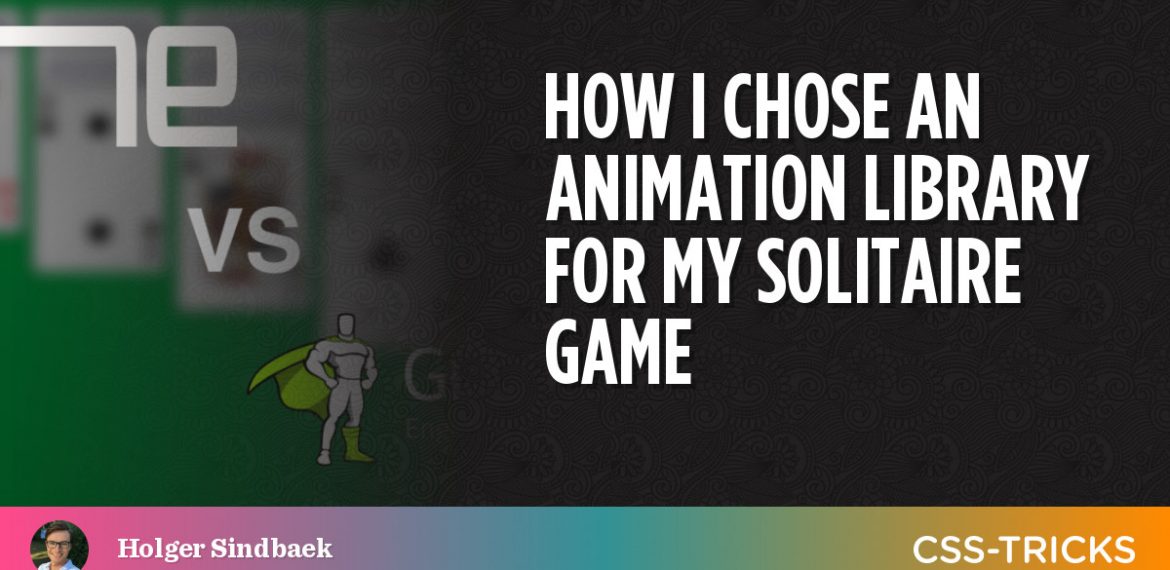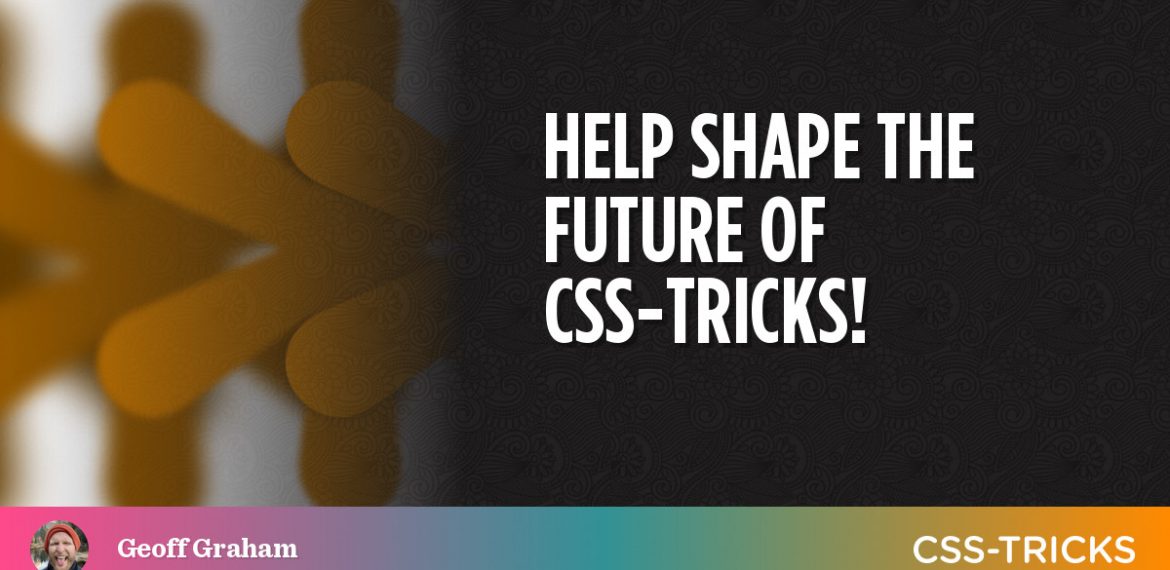Bunny Fonts | CSS-Tricks – CSS-Tricks
Bunny Fonts bills itself as the “privacy-first web font platform designed to put privacy back into the internet.”According to its FAQ: With a zero-tracking and no-logging policy, Bunny Fonts helps you stay fully GDPR compliant and puts your user’s personal data into their own hands. Hard for my mind not to go straight to Google Fonts. Bunny Fonts even says they are a drop-in replacement for Google Fonts. It offers













